Which of the following is an example of a predator-prey relationship?
Cow and grass
Lion and zebra
Bee and flower
Mushroom and tree

The planet all of us live in has many intertwined and interconnected relationships that span multiple organisms and systems. The predatory and prey relationship is one of the most important relationships found on this planet as it sets the precedent of how energy is cycled back into the earth by scavengers. This relationship highlights the act of predation exhibited by the organisms.
Predation refers to the ability of an organism to hunt and consume a specific food source based on its biology and adaptations. People often call the consumer of the food source a predator. The food source will provide potential energy, that the organism’s body will use as fuel for kinetic energy.
Each organism has its way to eat and consume its food source as a way to survive in this harsh world. We need to understand how these organisms consume and hunt their food source, so as to not upset the balance in an ecosystem and not cause any issues in the future.
All organisms have a specific way of obtaining their food sources. This can include various strategies to hunt down smaller prey (Carnivory) or the ability to grind out specific fibers and foliage in one’s stomach (Herbivory).
Most carnivory predators tend to have more hunting methods than survival techniques as they are the one’s doing the hunting, whilst their prey has more survival techniques to deter their predators. List out the organism’s adaptations and survival techniques to determine its lo predatory style and its place in the food chain. This is due to the cause-and-effect relationship that is present in the food chain, food web, or biosphere.
Some predators engage in a mutualistic or parasitic relationship with another organism (prey). Check if the organism needs the presence of another to reap benefits (mutualistic) or if the organism needs the presence of another to latch on to. (parasitic)
The most important thing to research is the organism’s primary food source, as some organisms are omnivores and can digest both meat and foliage. Doing this will help you determine whether the organism is a carnivore or a herbivore.
The first type of predation is carnivory predation, which refers to a predator that has meat as its primary source of energy and will have trouble digesting foliage and other grasslike food sources. Predators that are carnivores often exhibit hunter-like strategies and techniques to chase their prey and are generally at the higher parts of the food chain or food web in a given ecosystem. The second type of predation is herbivory predation, which refers to predators that have plants and foliage as their primary food or energy source. The third type of predation is parasitism or parasitic predation, the context and concept are very similar to the relationship between two organisms with the same name. Predators that are considered parasites use parasitic predation to obtain chemical energy by disadvantaging their hosts while latching unto them. The final type of predation is mutualistic or mutualistic predation, which is also very similar to the relationship between two organisms with the same name.
Predation is an organism’s ability to consume a specific food source and transform it into energy through chemical reactions and changes that will take place in the body. Not only does predation act as the main way to obtain and absorb energy and nutrients, but this ability allows the energy cycle to exist in the form of food chains or food webs. This means that predation is an important phenomenon that contributes to the survival of all the organisms in the biosphere.
A predator, in a legal sense, is an individual or person who has been found to have committed a sexually violent crime against a victim/s. The predator can commit these crimes multiple times and is considered a danger to themselves and the people around them. Most of their horrid acts can be traced to specific mental illnesses, psychological disorders, or various imbalances felt in their life.
Predation is the organism’s ability to consume another organism for sustenance and energy absorption. A lot of current-day adaptations and modern techniques we have are a result of predation being heavily ingrained in our lives. This includes our innate survival instincts to escape predation or danger to the multiple ways we can refine our food to a better form.

The planet all of us live in has many intertwined and interconnected relationships that span multiple organisms and systems. The predatory and prey relationship is one of the most important relationships found on this planet as it sets the precedent of how energy is cycled back into the earth by scavengers. This relationship highlights the act of predation exhibited by the organisms.
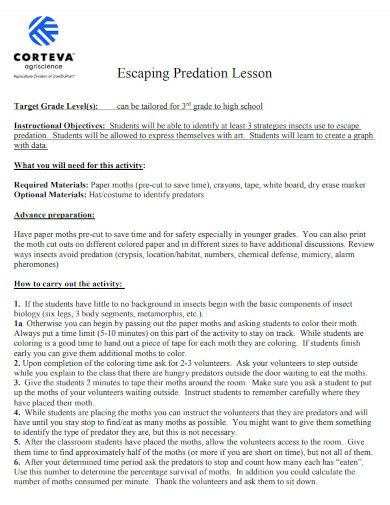
entsoc.org
Details
File Format
Size: 95 KB
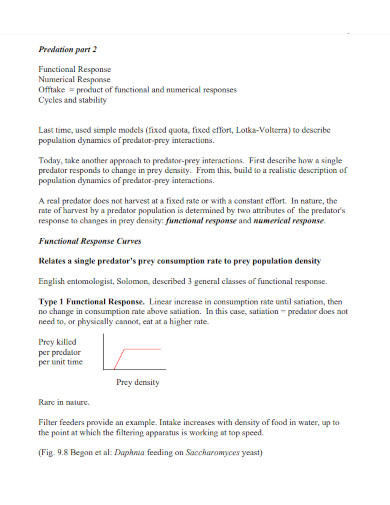
montana.edu
Details
File Format
Size: 57 KB
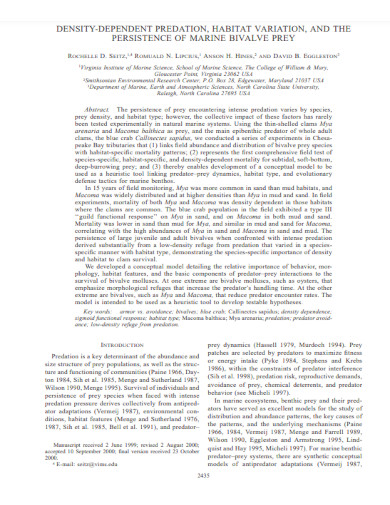
scholarworks.wm.edu
Details
File Format
Size: 87 KB
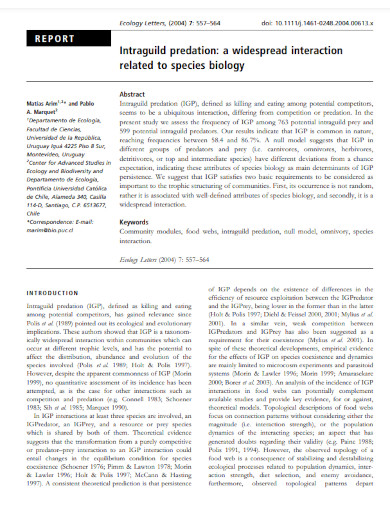
marquet.cl
Details
File Format
Size: 98 KB

static1.squarespace.com
Details
File Format
Size: 90 KB
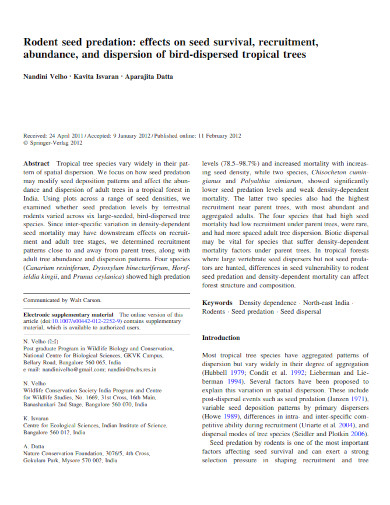
wgbis.ces.iisc.ernet.in
Details
File Format
Size: 89 KB

marinegeo.github.io
Details
File Format
Size: 41 KB

orca.cardiff.ac.uk
Details
File Format
Size: 57 KB
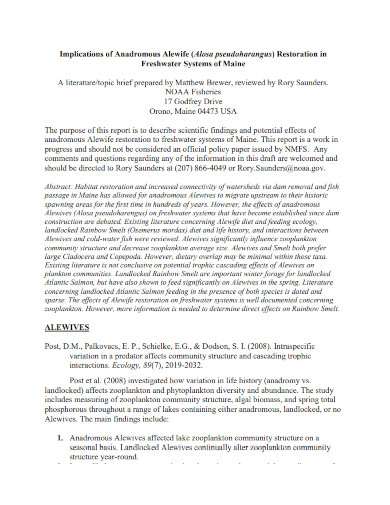
maine.gov
Details
File Format
Size: 87 KB
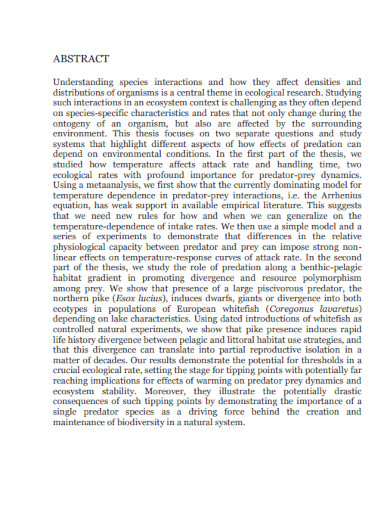
diva-portal.org
Details
File Format
Size: 103 KB
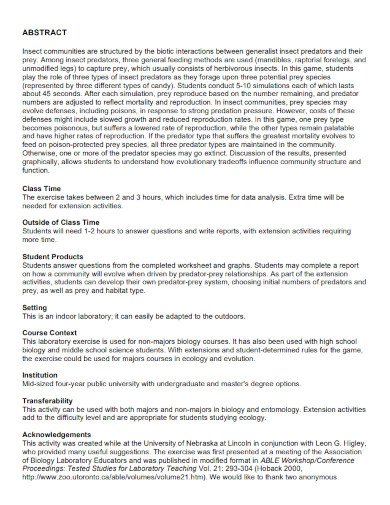
tiee.esa.org
Details
File Format
Size: 99 KB
Predation refers to the ability of an organism to hunt and consume a specific food source based on its biology and adaptations. People often call the consumer of the food source a predator. The food source will provide potential energy, that the organism’s body will use as fuel for kinetic energy.
Each organism has its way to eat and consume its food source as a way to survive in this harsh world. We need to understand how these organisms consume and hunt their food source, so as to not upset the balance in an ecosystem and not cause any issues in the future.
All organisms have a specific way of obtaining their food sources. This can include various strategies to hunt down smaller prey (Carnivory) or the ability to grind out specific fibers and foliage in one’s stomach (Herbivory).
Most carnivory predators tend to have more hunting methods than survival techniques as they are the one’s doing the hunting, whilst their prey has more survival techniques to deter their predators. List out the organism’s adaptations and survival techniques to determine its lo predatory style and its place in the food chain. This is due to the cause-and-effect relationship that is present in the food chain, food web, or biosphere.
Some predators engage in a mutualistic or parasitic relationship with another organism (prey). Check if the organism needs the presence of another to reap benefits (mutualistic) or if the organism needs the presence of another to latch on to. (parasitic)
The most important thing to research is the organism’s primary food source, as some organisms are omnivores and can digest both meat and foliage. Doing this will help you determine whether the organism is a carnivore or a herbivore.
The first type of predation is carnivory predation, which refers to a predator that has meat as its primary source of energy and will have trouble digesting foliage and other grasslike food sources. Predators that are carnivores often exhibit hunter-like strategies and techniques to chase their prey and are generally at the higher parts of the food chain or food web in a given ecosystem. The second type of predation is herbivory predation, which refers to predators that have plants and foliage as their primary food or energy source. The third type of predation is parasitism or parasitic predation, the context and concept are very similar to the relationship between two organisms with the same name. Predators that are considered parasites use parasitic predation to obtain chemical energy by disadvantaging their hosts while latching unto them. The final type of predation is mutualistic or mutualistic predation, which is also very similar to the relationship between two organisms with the same name.
Predation is an organism’s ability to consume a specific food source and transform it into energy through chemical reactions and changes that will take place in the body. Not only does predation act as the main way to obtain and absorb energy and nutrients, but this ability allows the energy cycle to exist in the form of food chains or food webs. This means that predation is an important phenomenon that contributes to the survival of all the organisms in the biosphere.
A predator, in a legal sense, is an individual or person who has been found to have committed a sexually violent crime against a victim/s. The predator can commit these crimes multiple times and is considered a danger to themselves and the people around them. Most of their horrid acts can be traced to specific mental illnesses, psychological disorders, or various imbalances felt in their life.
Predation is the organism’s ability to consume another organism for sustenance and energy absorption. A lot of current-day adaptations and modern techniques we have are a result of predation being heavily ingrained in our lives. This includes our innate survival instincts to escape predation or danger to the multiple ways we can refine our food to a better form.
Text prompt
Add Tone
10 Examples of Public speaking
20 Examples of Gas lighting
Which of the following is an example of a predator-prey relationship?
Cow and grass
Lion and zebra
Bee and flower
Mushroom and tree
Predation typically involves:
One organism benefitting and the other being harmed
Both organisms benefitting
Both organisms being harmed
Neither organism being affected
Which of the following is NOT a characteristic of a predator?
Sharp claws or teeth
Camouflage
Herbivorous diet
Keen senses
An apex predator is:
A predator at the top of the food chain with no natural enemies
A predator that hunts in packs
A predator that only eats plants
A predator that is also prey for larger animals
Which of the following is an example of predation in the ocean?
Whale filtering plankton
Shark eating a seal
Seaweed growing on a rock
Coral reef building
In a predator-prey relationship, what typically happens to the prey population if the predator population increases significantly?
Prey population increases
Prey population decreases
Prey population remains stable
Prey population migrates
Which adaptation might a prey animal have to avoid predation?
Bright coloration
Slow movement
Camouflage
Loud noises
Which of the following interactions is an example of predation?
Fox and rabbit
Bee and flower
Deer and grass
Human and corn
Predators can help maintain the balance of ecosystems by:
Eliminating all prey species
Keeping prey populations under control
Reducing plant populations
Preventing any animal from becoming extinct
Which of the following is a behavioral adaptation for predators?
Hibernation
Migratory patterns
Hunting in packs
Photosynthesis
Before you leave, take our quick quiz to enhance your learning!

